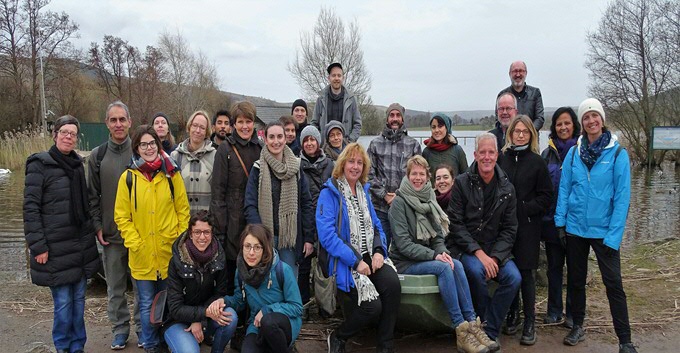Sustainable place-shaping: what, why and how? Findings of the SUSPLACE program

SUSPLACE, the acronym for SUStainable PLACE-shaping, is a European Marie Curie (ITN) funding scheme for Innovative Training Networks funded by the European Commission. The overall aim of SUSPLACE was “to train Early Stage Researchers (ESRs) in innovative, interdisciplinary approaches to study sustainable place-shaping practices”. The program was implemented from 2016-2020, and explored how people can shape more sustainable places together. It analysed practices, pathways and policies that can support place-based approaches to sustainable development.

Sustainable place-shaping is seen as a way to strengthen the capacities and autonomy of people in places. The assumption is that place-shaping supports their participation, collaboration, and collective agency. A selection of European initiatives and cases were analyzed in 15 research projects under the heading of five themes: Inclusive Places, Resilient Places, Connected Places, Greening Economies and Pathways to Sustainability. The central questions that guided SUSPLACE research were: What are place-based resources? What are place-shaping practices that can support the transformation towards sustainability? How can the full potential of places and capacities of people be utilised to spur place-shaping processes? How can researchers support such processes?
The nicely designed final SUSPLACE report provides in an accessible way, a summary of the SUSPLACE findings and the why, what and how of sustainable place-shaping. It also includes a description of the SUSPLACE learning journey, and highlights inspiring outputs, such as video’s, a toolkit on creative- and arts based methods and a policy guide on co-creation. All outputs can all be downloaded from the SUSPLACE website: www.sustainableplaceshaping.net


